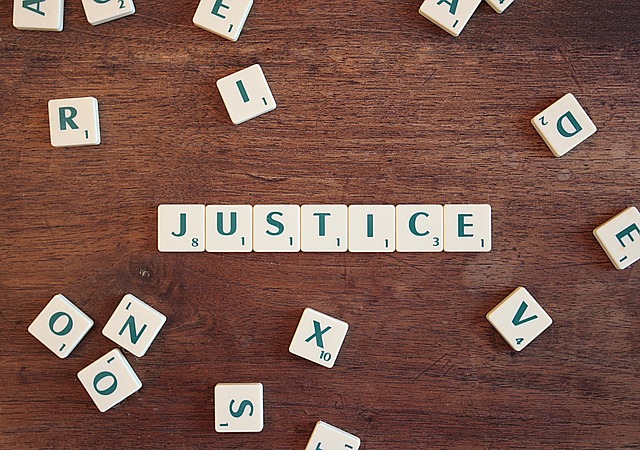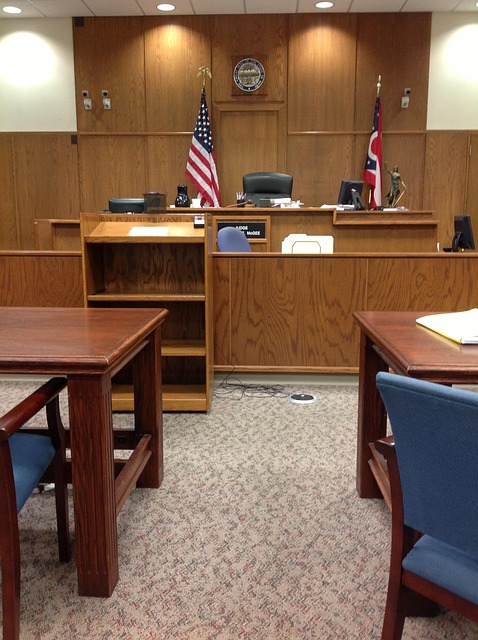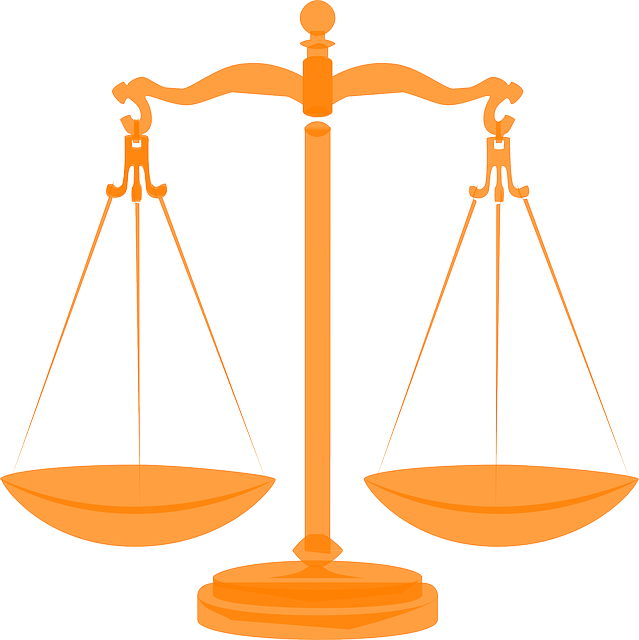Third-party workplace claims involve legal actions by employees against unrelated parties like contractors or visitors causing injuries or damage. Employers face significant liability for maintaining safety and can be sued for negligence through workers' compensation or personal injury claims. Strategic handling includes immediate reporting, evidence gathering, and seeking legal counsel to counter defenses like disputed liability or injury extent.
“Unraveling the intricacies of third-party workplace liability law is paramount for businesses aiming to mitigate risks and ensure a safe environment. This comprehensive guide delves into the core concepts, offering insights on defining and managing third-party workplace claims. We explore legal responsibilities, obligations, and effective strategies for both claim defense and navigation. By understanding these fundamentals, employers can better prepare for potential liabilities, fostering a proactive approach to workplace safety.”
- Defining Third-Party Workplace Claims
- Legal Responsibilities and Obligations
- Navigating Claim Process and Defense Strategies
Defining Third-Party Workplace Claims

In the realm of workplace law, a third-party workplace claim refers to legal actions initiated by an employee against someone unrelated to their direct employer. These claims often arise from situations where an employee suffers injuries or damages due to the negligence or actions of a third party present in the workplace. Examples include incidents involving contractors, visitors, or even other employees from different departments. Defining these claims is crucial as it dictates the legal pathways and potential liabilities for all involved parties.
Understanding third-party workplace claims involves recognizing that they can span various scenarios, from personal injuries to property damage. For instance, a construction worker might sue a contractor for negligence leading to an accident, or a retail employee could file a wrongful death claim against a vendor whose product caused harm on the premises. Even real estate litigation can fall under this category if disputes arise from lease agreements or maintenance responsibilities within shared workspace.
Legal Responsibilities and Obligations

In the context of a third-party workplace claim, understanding legal responsibilities and obligations is paramount. Employers have a duty to ensure a safe working environment for their employees and visitors. This includes taking reasonable precautions to prevent accidents, providing proper training, and maintaining equipment in good condition. Failure to meet these standards can lead to serious consequences, including personal injury claims against the employer.
If an employee or third party sustains injuries on the job due to the employer’s negligence, they may be entitled to compensation through workers’ compensation insurance or a personal injury claim against the employer. Legal representation from a qualified personal injury lawyer is often necessary to navigate these complex legal processes and ensure that all rights and entitlements are protected.
Navigating Claim Process and Defense Strategies

Navigating the claim process for a third-party workplace liability case can be complex and often requires careful consideration. When an incident occurs, such as caregiver abuse or nursing home neglect leading to an injury, the affected individual or their representative must promptly report it to the appropriate authorities. This initial step is crucial as it initiates the official record of the incident, which is essential for any subsequent legal actions.
The claim process involves several strategic considerations. Gathering comprehensive evidence, including medical records and witness statements, is vital to strengthen the case. It’s important to remember that swift action is beneficial; promptly seeking legal counsel can help in understanding defense strategies employed by the opposing party. These may include disputing liability, challenging the extent of injuries, or questioning the validity of evidence presented by the claimant. Understanding these potential defenses enables plaintiffs to gather more robust proof and build a compelling case for injury compensation.
Understanding the intricacies of third-party workplace claims is essential for businesses aiming to mitigate risks and ensure a safe environment. By grasping the legal responsibilities, obligations, and effective strategies for navigating claims, employers can better protect themselves against potential liabilities. This knowledge empowers them to create robust safety protocols, foster a culture of accountability, and ultimately reduce the likelihood and impact of third-party workplace claims.






